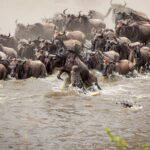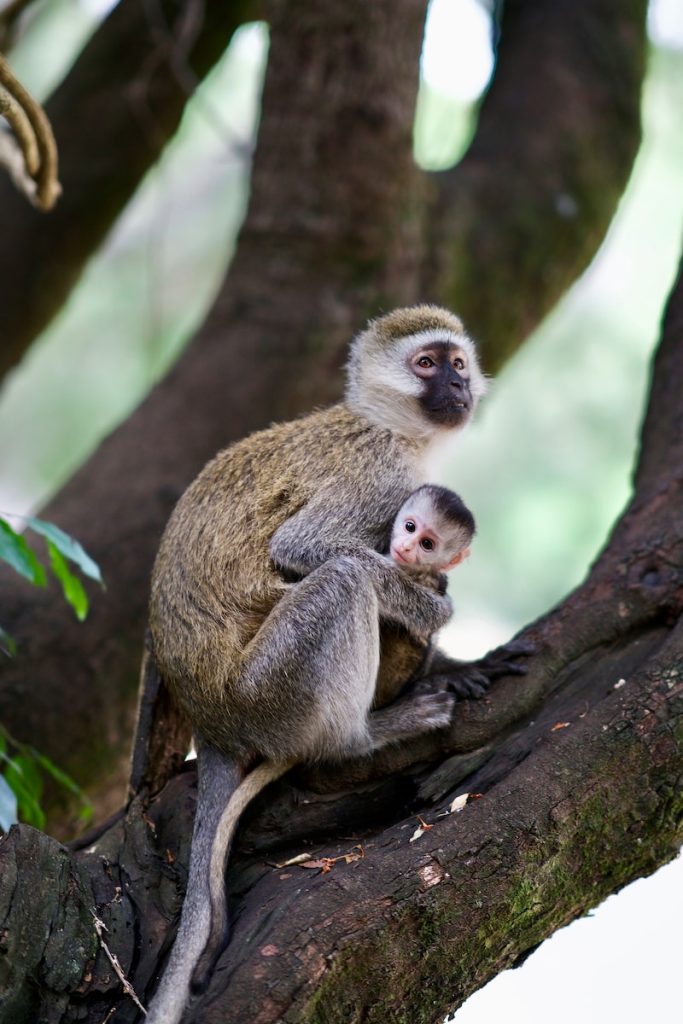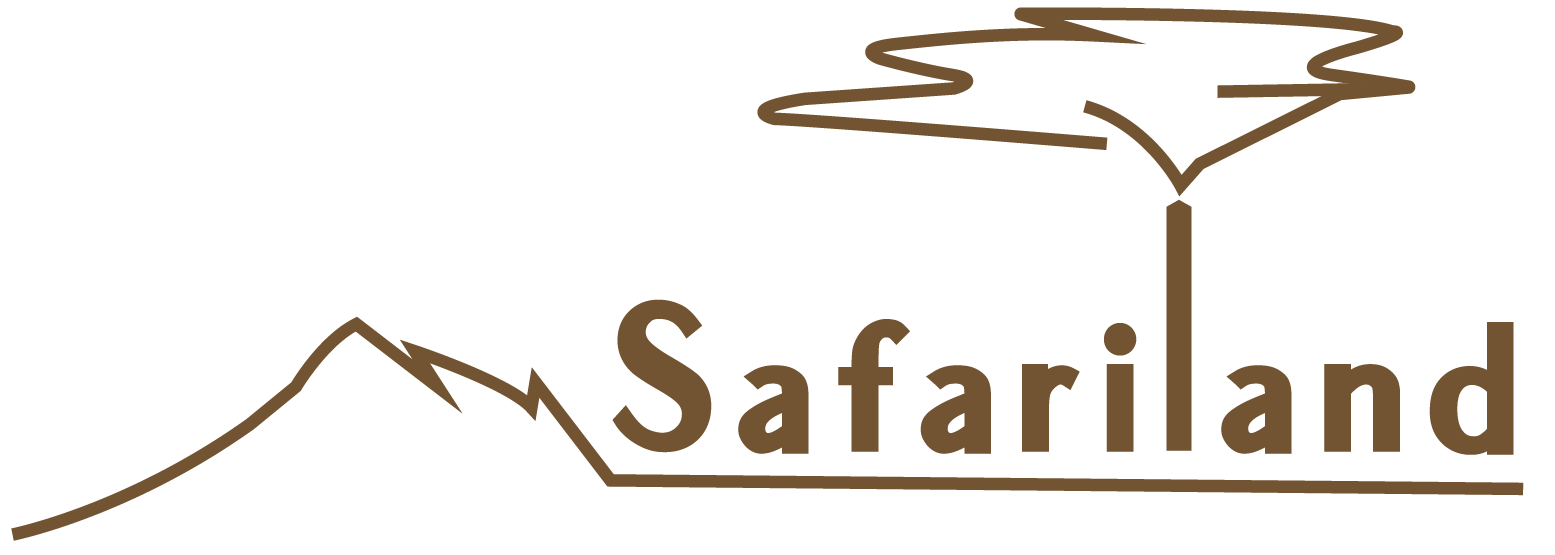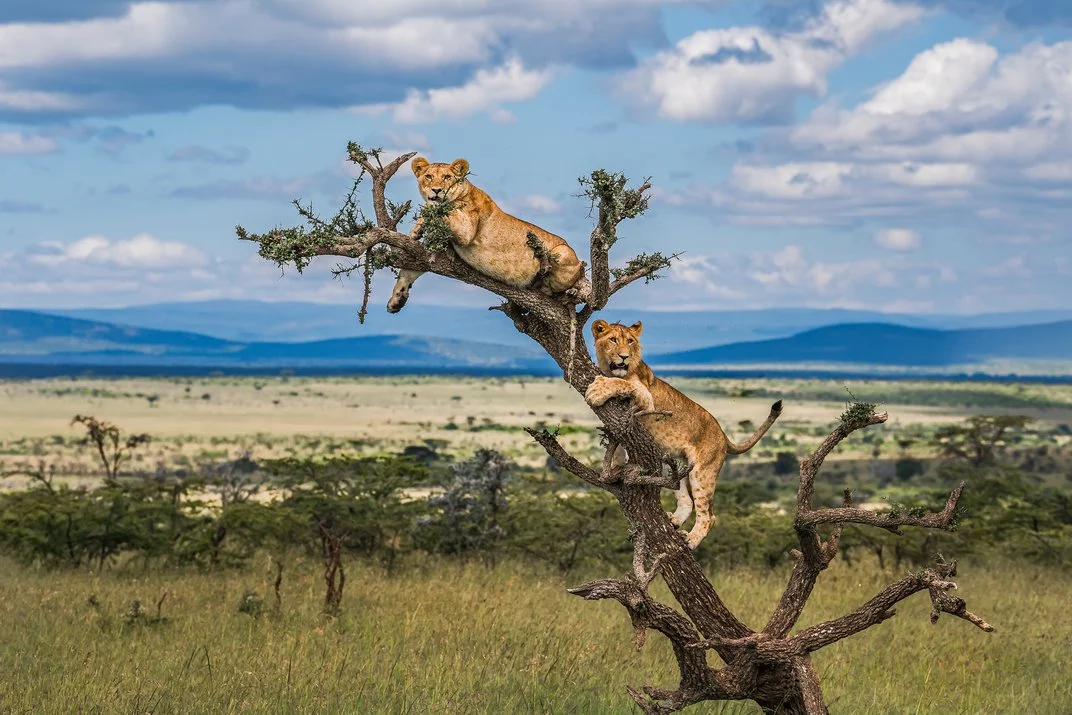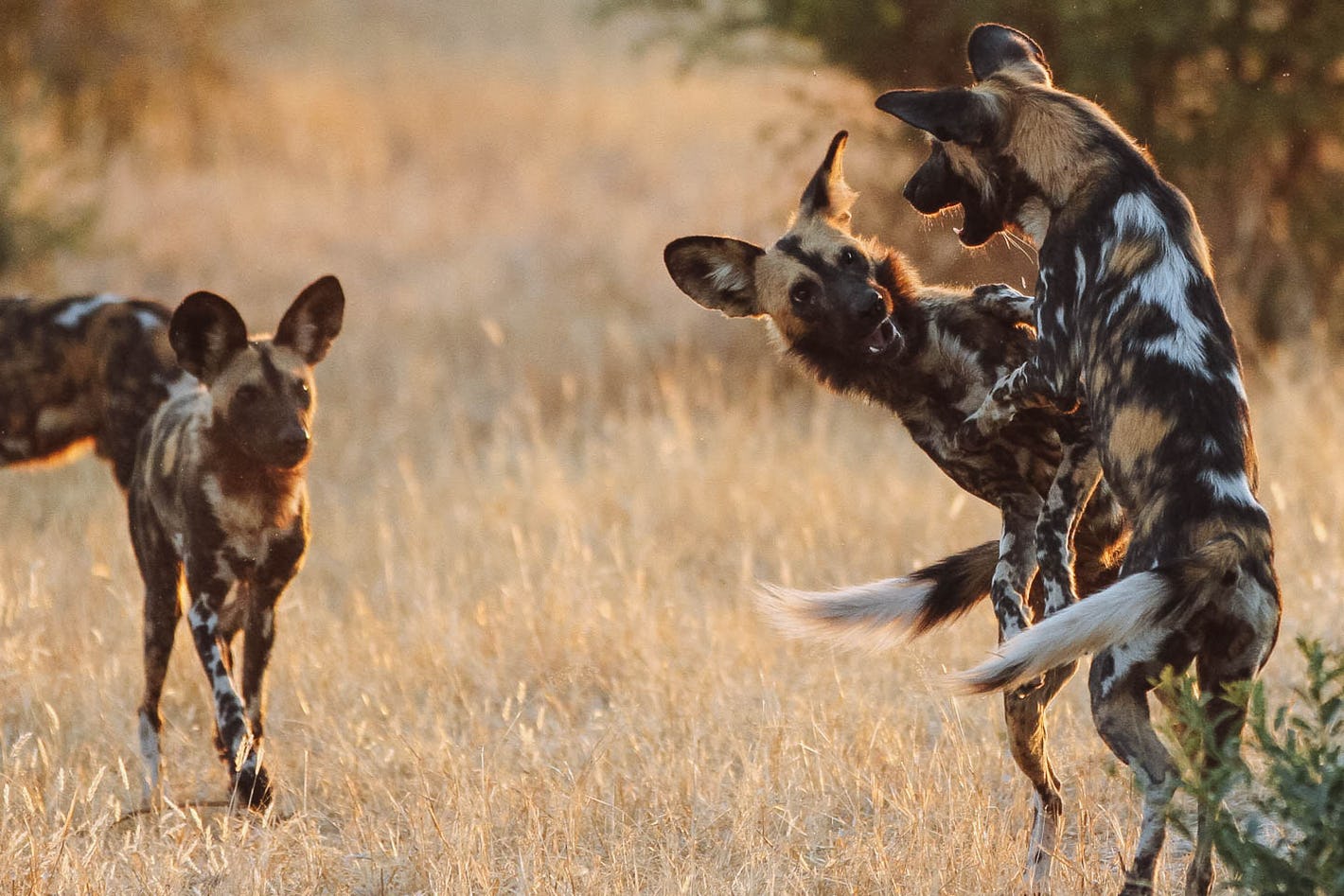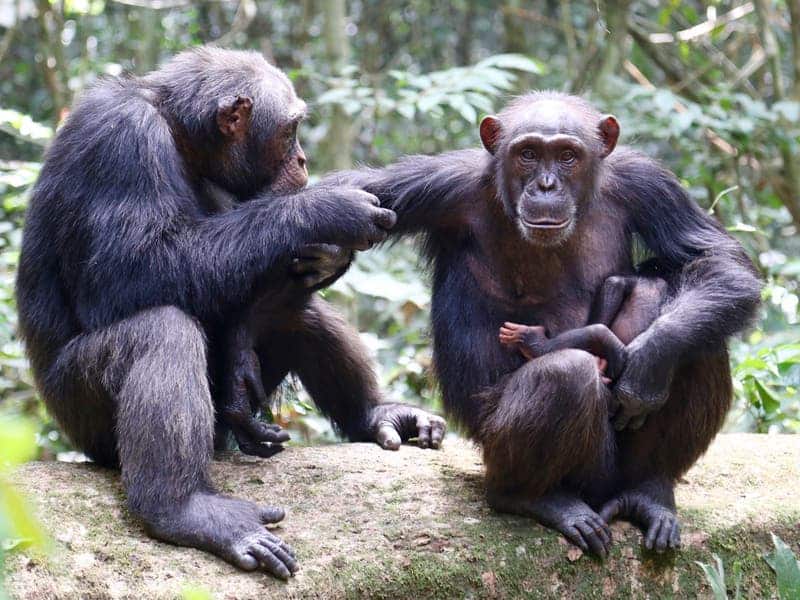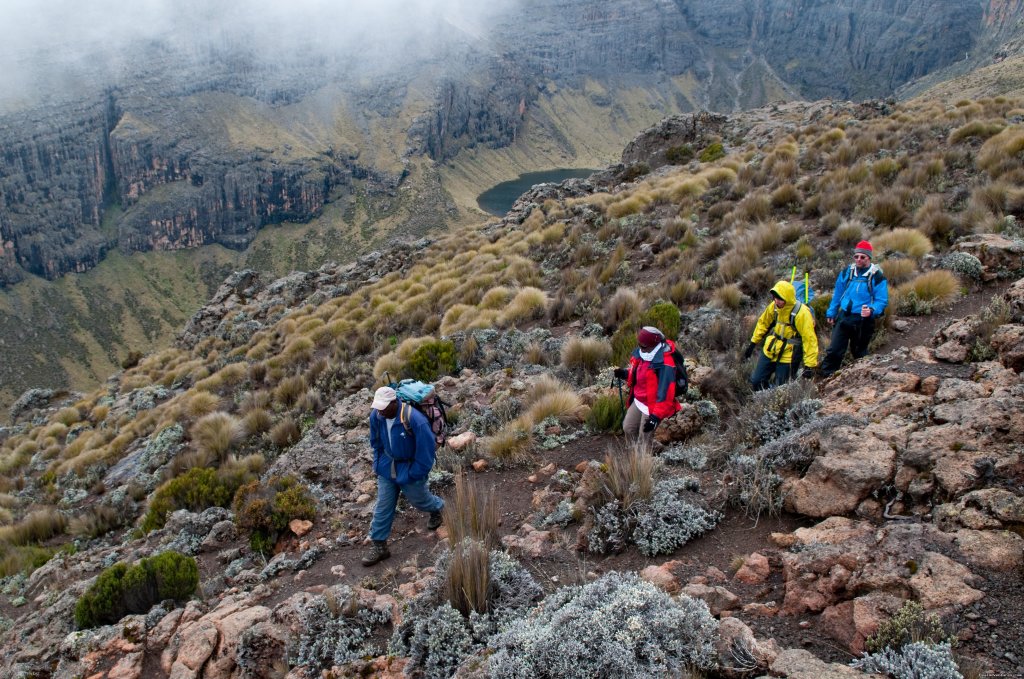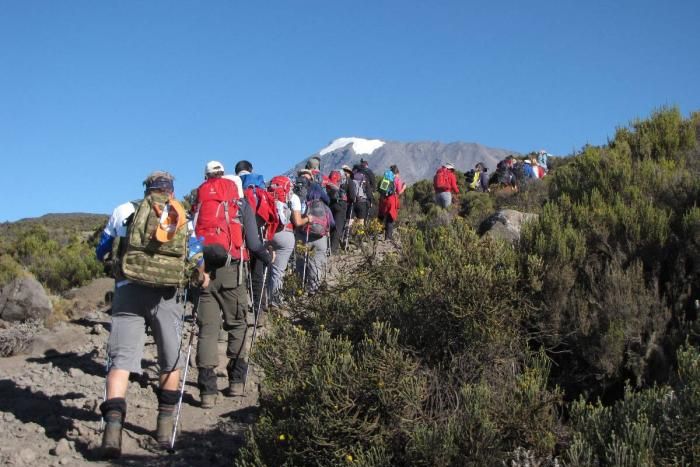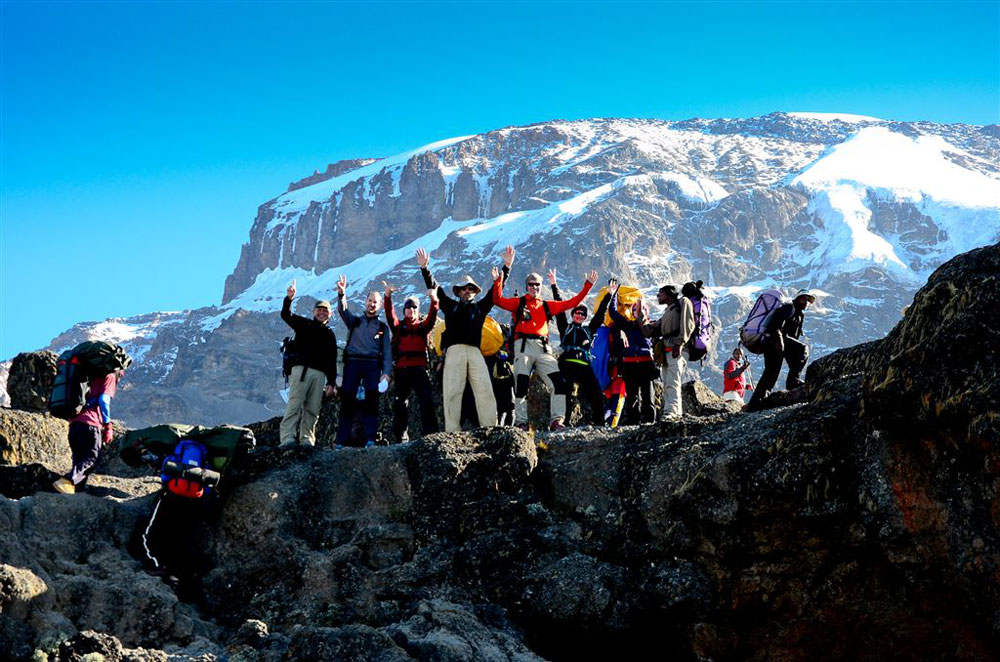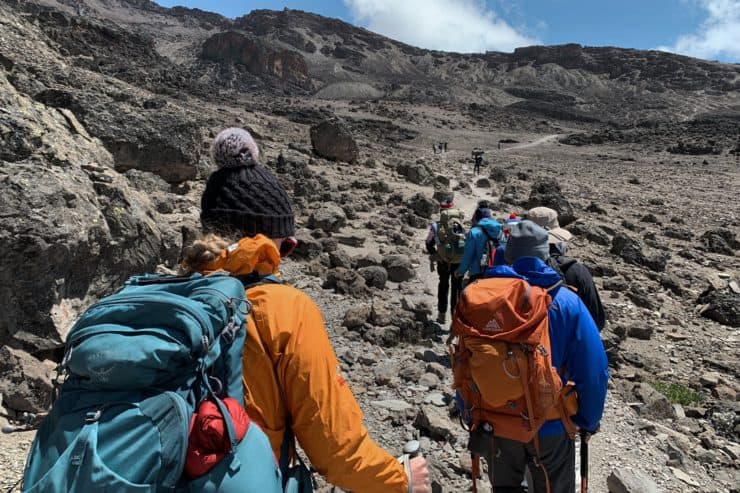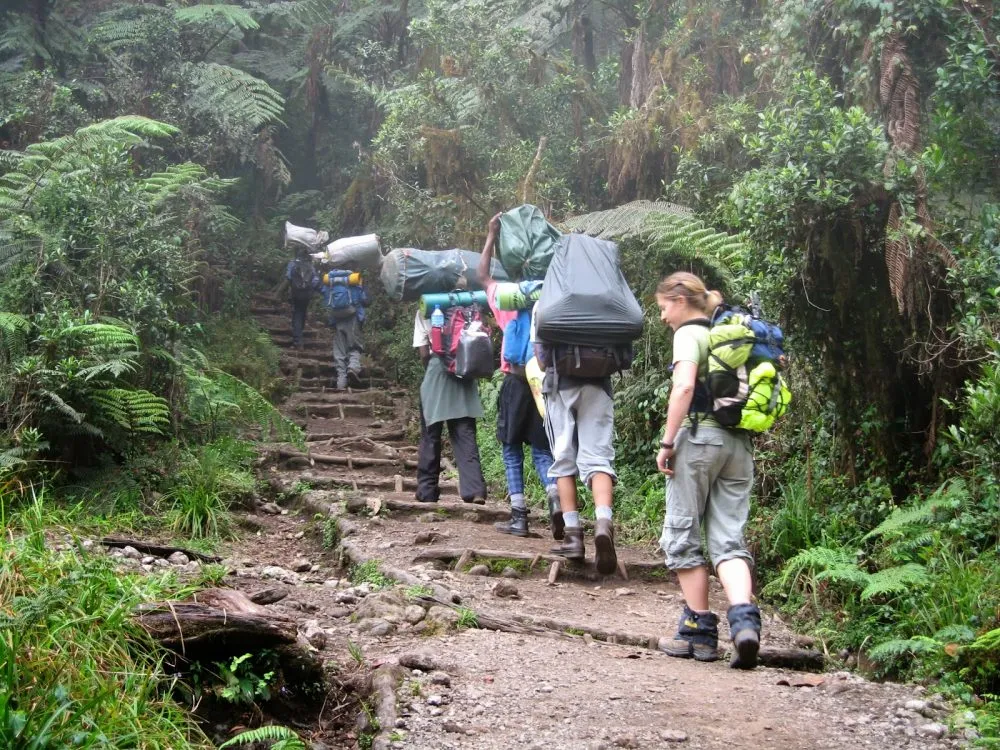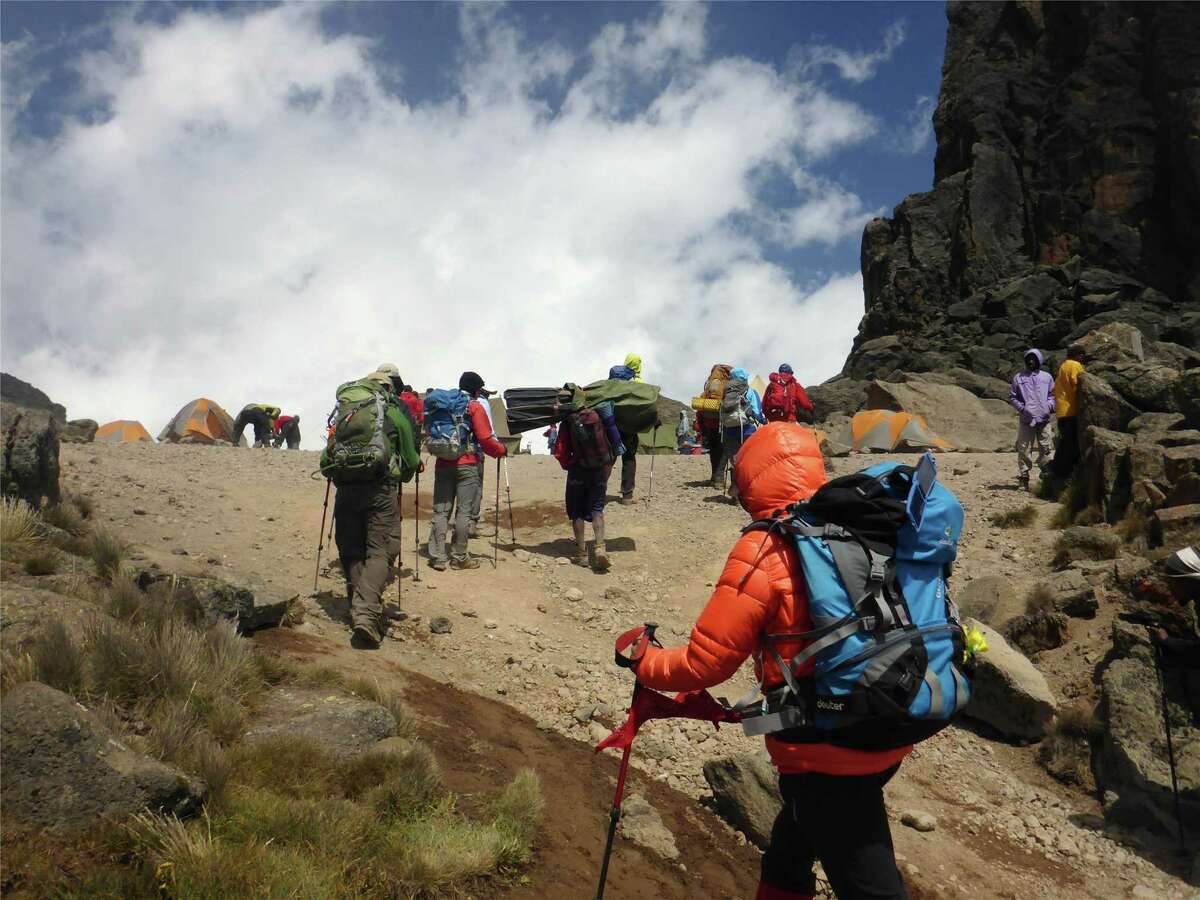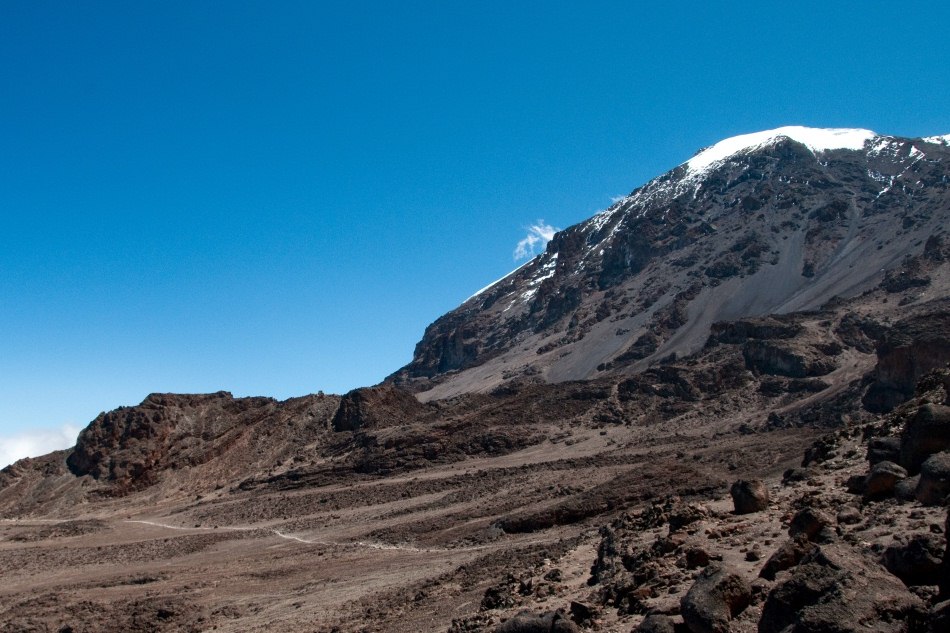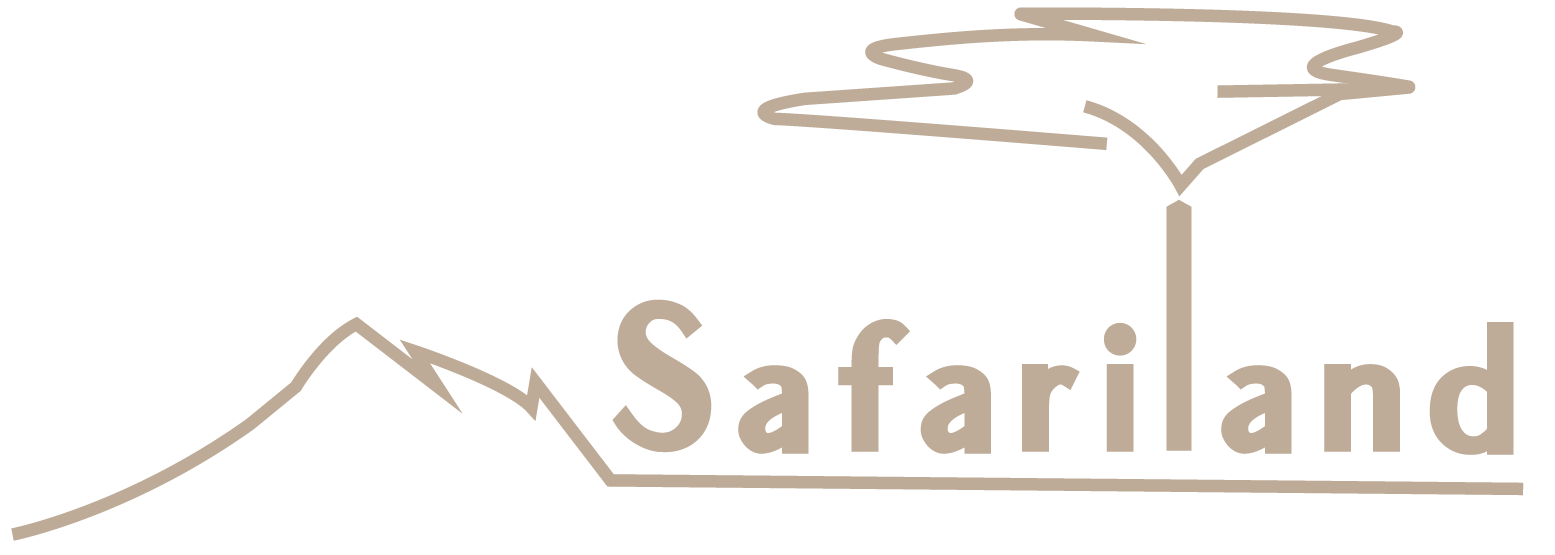Introduction
Embarking on the extraordinary feat of Mount Kilimanjaro climbing is an experience like no other. Located in Tanzania, Africa, this towering peak stands at an impressive 5,895 meters (19,341 feet) and beckons adventure enthusiasts from around the world.
Whether you are an avid hiker or a nature lover seeking breathtaking vistas, this majestic mountain promises to test your limits while rewarding you with unparalleled views and a profound sense of achievement.
Mount Kilimanjaro Climbing: A Journey to Remember
Climbing Mount Kilimanjaro is a personal quest that requires preparation, determination, and a touch of wanderlust. Here, we delve into the essential aspects of this remarkable adventure and provide you with valuable insights to help you plan your expedition.
Choosing the Right Route
Picking the ideal route for your Mount Kilimanjaro climb is crucial to ensure a successful and enjoyable journey. With several routes to choose from, each offering unique challenges and scenery, it’s essential to find one that matches your skill level and preferences. The most popular routes include:
- Marangu Route: Known as the “Coca-Cola” route, it offers hut accommodation and a relatively gradual ascent.
- Machame Route: Often called the “Whiskey” route, it is known for its scenic beauty and steeper climb.
- Lemosho Route: This route provides ample acclimatisation time, beautiful scenery, and fewer crowds.
Physical Preparation and Training
Conquering Mount Kilimanjaro requires physical fitness and mental resilience. Regular exercise, including cardiovascular workouts, strength training, and hiking, can significantly enhance your stamina and endurance. Focus on building leg strength, core stability, and aerobic capacity to tackle the demanding terrain and prolonged trekking days.
Acclimatisation: Key to Success
One of the most critical factors in Mount Kilimanjaro climbing is acclimatisation. As you ascend to higher altitudes, your body needs time to adjust to the reduced oxygen levels. Proper acclimatisation helps minimize the risk of altitude sickness and improves your chances of reaching the summit. Choose a route that allows for gradual altitude gain and incorporates acclimatisation days into the itinerary.
Packing Essentials: What to Bring
Packing the right gear is essential to ensure comfort, safety, and success during your Mount Kilimanjaro climb. Here’s a checklist of the essential items to include in your backpack:
- Sturdy hiking boots with ankle support
- Moisture-wicking and layered clothing for varying temperatures
- Insulated sleeping bag suitable for cold weather conditions
- Waterproof and windproof outerwear
- Trekking poles for added stability on steep terrain
- High-quality headlamp with extra batteries
- Personal medication and first aid kit
- Water purification tablets or water filter
- Snacks and energy bars for quick nourishment on the trail
Safety First: Hiring a Qualified Guide
While Mount Kilimanjaro climbing can be a thrilling adventure, it’s crucial to prfioritize safety. Hiring a qualified guide is highly recommended, as they possess valuable expertise, knowledge of the routes, and can offer assistance during challenging situations. A professional guide will ensure you have the best chance of reaching the summit while prioritizing your well-being.
